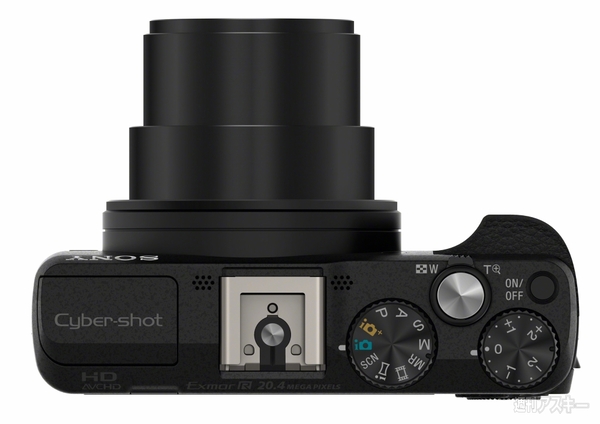

This step corresponds to the first and the last access to hardware via the extended driver. General use case view of the extended v4l driver: I will name compressed frames formats the ones not defined in the v4l public API.I will name uncompressed frames formats the ones defined in the v4l public API.I will name it v4l extension private API (headers in path /usr/src/linux/drivers/media/video/.) All extensions will be made by internal APIs.The API available to the applications will be named v4l public API (headers in path /usr/include/linux/).The extended v4l driver is an instance of a v4l driver with some entry points for the helper daemon The v4l driver does not change, only extension points will be implemented if necessary. The only change for the user is to launch another daemon in the starting scripts (/etc/rc.d/.). The only change for the application is only a new device to access (/dev/video1) so there is no extension of the v4l API/ABI.
Usbvision api drivers#
This architecture is interesting for v4l drivers that interface hardware that provide proprietary compressed video pictures or that are not able to fullfill the application needs by hardware. The path from the application to the v4l2 kernel driver:įor applications, this changes nothing.įor v4l drivers for hardware that can fullfill all application requested formats, this changes. I thought it would be funny to create userspace drivers like FUSE based projects do.Īpplications would see nothing but a new device driver to access, all decompression algorithm would be in userspace. The v4l project has a long history and it is more and more difficult to break compatibility now and force applications to link to a new library. If this library existed from the v4l project start, applications would have linked to it forcibly. They would access the v4l2 drivers via this library that would manage decompression if needed. The ideal solution would be to create a v4l2 library provided to applications. Elegant, flexible.This is why I specify before coding :).Limit as much as possible kernel memory and CPU consumption.


As a consequence, the v4l API does not change for applications.However, the extended v4l driver will use common functionalities like video_ioctl2 if this contributes to simplify the architecture. The original v4l driver infrastructure should not change.Application developers love to develop optimized codecs :)
Usbvision api software#
Thus, applications will have access to the 'raw' input data without software post-processing. Application shall still have access to the basic kernel driver.filters that be done in hardware if the selected hardware can, otherwise software plugin.particular video decompression algorithm like stk11xx or usbvision (the decompression algorithm is in kernelspace since it is of linear complexity but shall be moved to userspace).What do we need in userspace, only for v4l (dvb is not concerned): 5.4 Provide compatible video data formats.


 0 kommentar(er)
0 kommentar(er)
